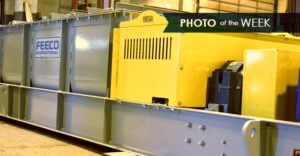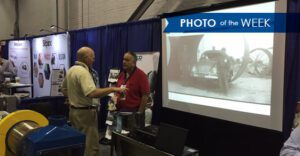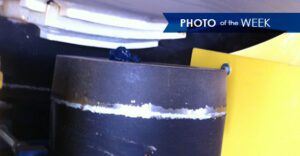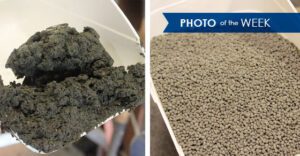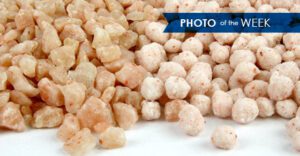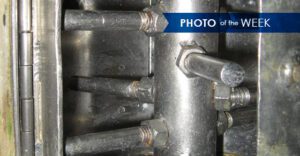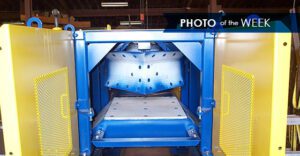Photo of the Week: Pug Mill Under Construction
This week’s photo highlights a pugmill mixer. FEECO’s Assembly Team is currently constructing the machine at our Fabrication Facility in Green Bay, WI (USA). A pugmill mixer, also known as a paddle mixer, is a horizontal mixing, conditioning, and agglomerating device ideal for processing heavy-duty …


